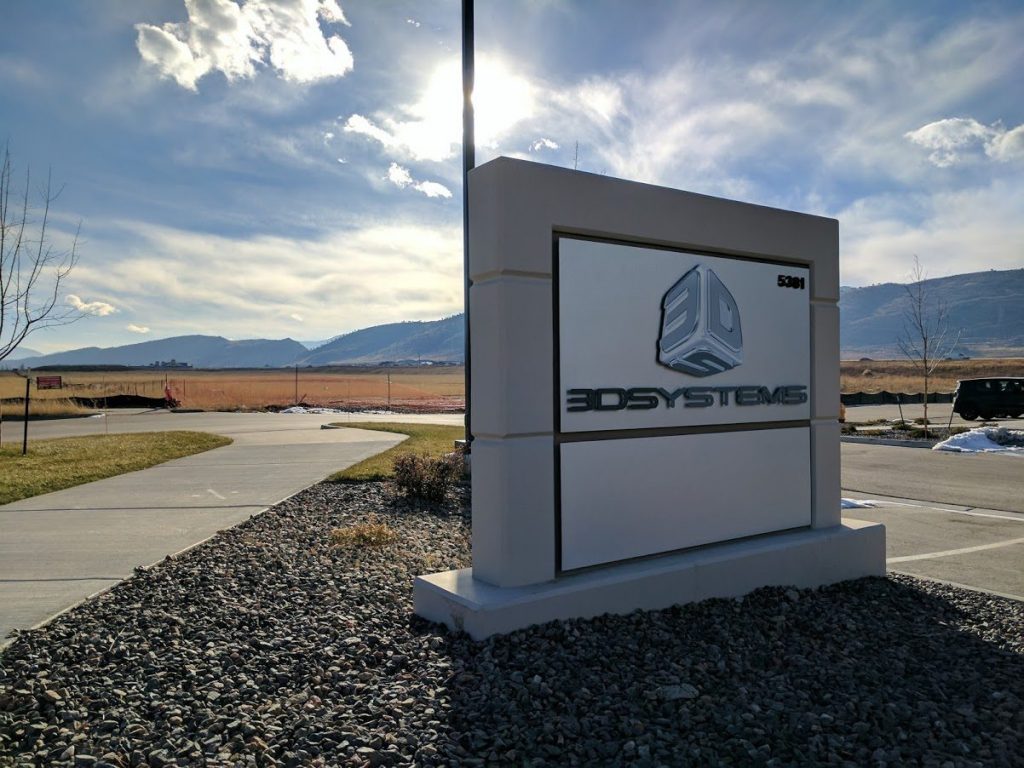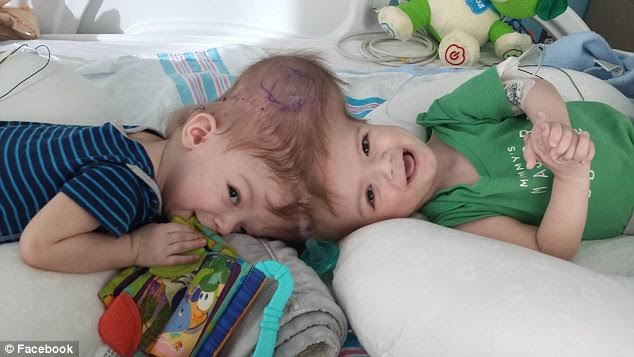The conjoined twins who underwent a landmark 27 hour surgery have taken another step towards recovery. Jadon and Anias McDonald were born joined at the head and shared blood vessels until they were separated during an operation supported by several innovative applications of additive manufacturing from 3D Systems.
The McDonald twins are continuing to recover well, and last week left the hospital to continue recuperating at Blythedale Children’s Hospital in Westchester which has a specialized rehabilitation facility. Dr. Goodrich said, “We knew recovery would take time, but we are all amazed by how well the boys are bouncing back and are confident they will continue to achieve new milestones at Blythedale.” Two months have passed since the surgery, and together with the skill of the medical team, 3D printing has enabled a faster than ever recovery, “Historically, this will be the fastest,” said Dr. Goodrich in an earlier interview.

3D printing in the operating room
The remarkable surgery was made possible by a dedicated team that included members of 3D Systems’ healthcare division. Katie Weimer, 3D Systems VP Medical Devices, and colleague Mike Rensberger, Manager Virtual Surgical Planning at 3D Systems Healthcare, were present in the operating room for the surgery along with almost 40 other healthcare professionals.
During my recent visit to the 3D Systems’ Denver facility Katie Weimer explained to me how projects like this make healthcare work at 3D Systems more than just a job. A sentiment echoed by their CEO V.J. who was also at the site.
3D Systems were involved with the McDonald case from an early stage. Using medical scans and imaging of the twins the 3D printing company were able to create 3D models to facilitate planning of the complex procedure. The surgery was performed by Dr. James Goodrich, Chief, Division of Pediatric Neurosurgery at Montefiore Medical Center. Regarding the operation Dr. Goodrich said, “This is about as complicated as it gets.”

Creating a digital patient
Planning for such a complex operation was facilitated using multiple 3D printed models of the twins.The models were produced using a range of 3D techniques at the 3D Systems healthcare facility. This included taking a CT scan and converting the data into a 3D model. During my visit Mike Rensburger demonstrated how a “digital patient” is created from this data. 3D Systems’ specialists can then guide medical practitioners through the model using online meeting software such as Webex.
During pre-surgical planning the team were able to also make an accurate assessment of factors including how to improve the healing process. This included calculating the skin area that would be available to cover the newly separated skulls, then through the use of a balloon type device the skin was slowly stretched during the months leading up to the surgery. This “skin-flap” was then used to cover the area left exposed by surgery. Planning also included recreating the cranium and using the model to figure out how to rebuild the skull once the twins were separated.
At his desk Mike Rensberger showed me how the the digital image of the twins’ shared skull could be overlaid with regular shaped skull from a child of the same age. This allows for the medical team to assess the best way to use the existing bone to rebuild the skull after separation.

3D critical during operation
While planning is a key part of the enabling technology offered by 3D Systems, their expertise was also required during surgery. The model proved vital to the success of the operation as at one point the lead surgeon was uncertain about proceeding. Specifically, the entanglement of the blood vessels was such that continuing with the operation required reference to the highly detailed model created by 3D Systems. Furthermore, a surgical guide was produced that could be used to show the surgical team where incisions were required.

3D Systems see the healthcare facility as a model for other divisions, CEO V.J. points out mastering the complex regulatory landscape and demanding end use applications for 3D printing in the medical world provides a useful guide on how other sectors, such as aerospace, might be handled. 3D Printing Industry has an exclusive interview with the 3D Systems CEO coming, so be sure to subscribe to our newsletter.
We have more news about how an independent clinician is bringing 3D printing into the operating room in another exclusive interview here.
Featured image shows Katie Weimer and Mike Rensberger of 3D Systems in the operating room holding other 3D prints produced to assist the surgery. Photo via CNN



